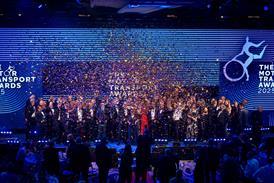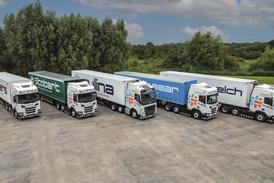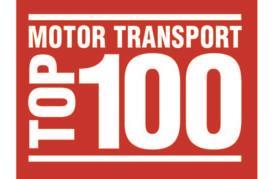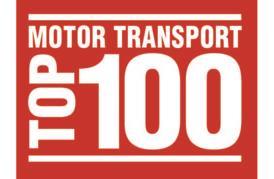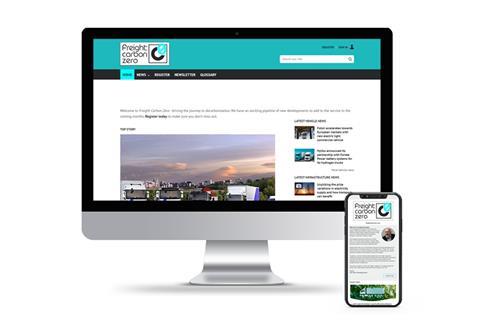Continental reveals new solution to improve hydrogen fuel cell systems

Continental has created a line for hydrogen fuel cell electric vehicle (FCEV) cooling systems using synthetic rubber and a mixture of other materials.
You have reached your limit of free news
Register for free today to read more content. Already registered? SIGN IN now
Want to read more?
Register for free now to access the full article.
Let us help you reach your carbon zero targets, sign up today and unlock:
- Unlimited access to breaking news, commentary and analysis around the decarbonisation of the road freight and commercial vehicle sector
- Continued access to the Freight Carbon Zero weekly newsletter, sent directly to your inbox

